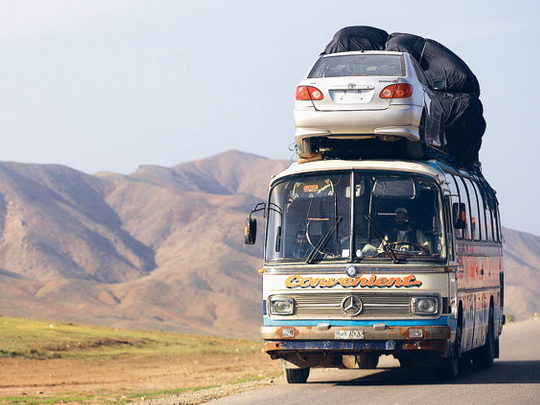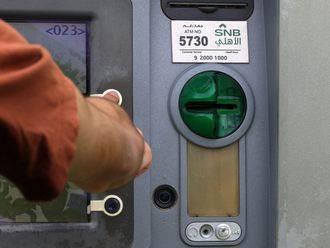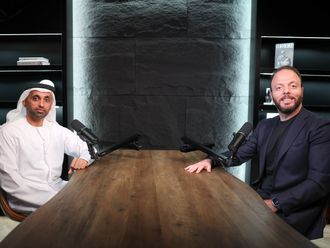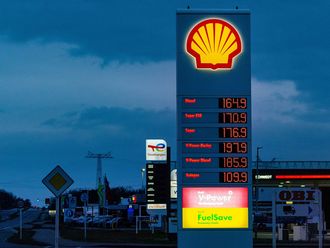
Kabul: If this war-torn nation of 29 million is a magnet for foreign occupying forces that never seem to leave, it is also the land where old Corollas from across the globe come to die.
According to some car dealers in Kabul, 90 per cent of passenger vehicles on the increasingly congested roads of the capital are Corollas, some more than 20 years old, with 200,000 miles on their odometres, still chugging along over rocky dirt roads.
"Here is the museum of old cars," snorted Abdul Qahar Nadi, managing director of Afghan Auto Limited, the country's only Toyota distributor authorized by the parent company in Japan to sell new models.
Nadi has upped his sales from 64 vehicles in 2006 to 401 last year, but says it is hard to persuade Afghans to pay more when used models are ubiquitous. "It's not good for the health. There's big pollution."
Shipped from Japan, Germany, Canada and the United States, used Corollas pour through customs, and wind up in used-car lots clustered in three hilly neighbourhoods in Kabul's outskirts, having been banished from downtown during a rapid expansion of dealerships after the Taliban was driven from power in 2001.
Prospective buyers can choose from a surprisingly diverse selection of Corollas, including sedans, hatchbacks and yellow station wagons once used as taxis in faraway lands. Ahmad Murid, 30, a dealer in the northern Kabul neighbourhood of Khairkana, said buyers generally prefer German-manufactured Corollas, which supposedly get the best gas mileage.
White Corollas, which show less dirt than dark-coloured ones, fetch up to $1,500 more than an identical model in black, he said. Drivers usually don't care about odometre readings since they are likely to replace most of the parts, anyway. Murid was selling a 1990 model with a dingy interior and 292,213 kilometres for $4,000. How long could someone expect to drive the clunker? "Ten years," Murid suggested. And after that?
"You can sell it back to me," he said with a grin. Murid's own car, a red 1993 Corolla, was parked next to his sale inventory. If the price were right, he said, he would sell it on the spot. The story of the Corolla's rise in Afghanistan mirrors the country's modern history, said Najeeb "Amiri" Ullah, head of a union that represents 130 dealers in Kabul.
When cars were introduced to Afghanistan 40 years ago, there were American Chevrolets, German Mercedes-Benzes and Russian Volgas, along with the Japanese Toyotas, Ullah said. But during the Soviet occupation of the 1980s, Afghans did not want to be seen driving Western cars and mostly stuck with Volgas, Japanese cars being an acceptable alternative.
Over time, Toyota quality trumped Volga political expediency, Ullah said. A cottage industry emerged of mechanics versed in the art of keeping Corollas running and body shops that dismantled Japanese-manufactured Corollas — whose steering wheel was on the right side, which is illegal in Afghanistan — for spare parts.
From 1996 to 2001, when the Taliban was in power, it continued to import Corollas and earned revenue by smuggling them into Pakistan and selling them without having to pay customs fees or taxes, Ullah said.
In late 2001, the used-car industry multiplied from 75 dealers to more than 500 as Kabul's population swelled and more people began driving, creating daily gridlock in the city centre.
There are about 500,000 registered vehicles in the city, whose population is now 4.5 million, far higher than in the Taliban era. But there are just a handful of traffic signals, which most drivers ignore anyway, adhering instead to the rules of going as fast as possible and always assuming the right of way.
The automobile industry is so potentially lucrative that it has lured such dignitaries as Mahmoud Karzai, brother of President Hamid Karzai, who co-founded Afghan Auto Limited.
Toyota also dominates Afghanistan's sport-utility vehicle market with Land Cruisers and 4Runners, many of which have been custom-made bulletproof.












